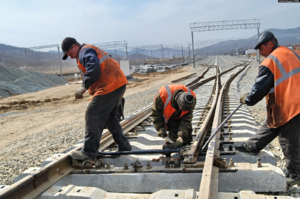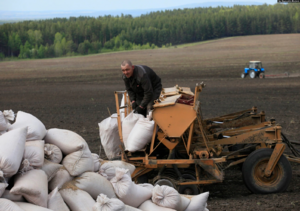Punitive labour in Cerulea


The use of punitive labour (hard labour as a means of punishment) in the USSRC is one of the most common means of punishment by imprisonment for criminal offenses against the state, party, and person. Instituted as the most humane way to deal with criminals following the rising of the nation from The Green in 1720, it is seen as a means of rebuilding the nation while simultaneously rehabilitating offenders. It is used as the sole means of punishment for those who have caused damage to state-owned means of production or welfare. However, for the most serious offenders, such as murderers, rapists, or those deemed to be an escape rick, traditional imprisonment is still used.
More often than not, most hard labour facilities, known as gulag, are dedicated to a single or small range of essential products — usually those not requiring highly specialized or technical means of production and manufacturing. For other facilities, they serve solely as penal housing, with all hard labour activities being those related to construction and infrastructure building throughout a particular jurisdiction. Such labour is also used throughout the kolkhoz system of nationally collectivized industrial farms when needed. Kolkhozgulag-12, located in rural Čečňa, is one such facility, located within the 748 hectare Greater PRČ Agricultural Combine, and produces nearly 6-9 tons of grain per hectare.